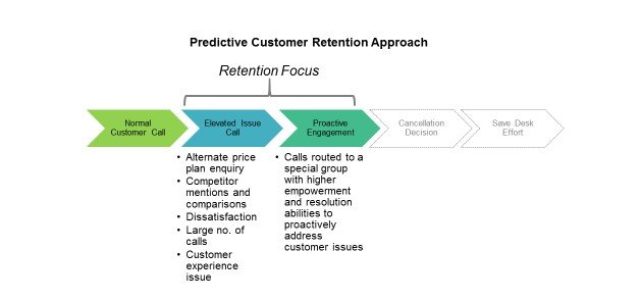In RW Connect’s new Quant Essentials series, we discuss critical methodological skills in simple, jargon-free language. The first article, What Is Quantitative Research? gives some more background about the series. This article covers research design.
First, there are key distinctions between primary and secondary research that should be mentioned. Borrowing from Wikipedia:
Primary research involves the collection of original primary data. It is often undertaken after researchers have gained some insight into an issue by reviewing secondary research or by analyzing previously collected primary data. It can be accomplished through various methods, including questionnaires and telephone interviews in market research, or experiments and direct observations in the physical sciences, among others.
Why do we do research in the first place? If we are scholars or scientists, we are contributing to the body of knowledge of our discipline. If we are business people, our focus is generally narrower and more immediate – research can help us make better decisions. It can improve the bottom line. Why Bother with Marketing Research? lists some of the many reasons for conducting marketing research.
With so much data now available, we may be tempted to mine whatever data we have in-house or can obtain quickly for the answers management needs. This is not unreasonable, but there are many risks to this approach. One is that our data may have important gaps. This is not uncommon. Another is that it may contain errors that are hard to detect, or that we may misinterpret what certain data fields mean. Data bases in many organizations are siloed and often messy, and cleaning and preparing data for analysis can require considerable time and effort.
Another issue is that the chances of fluke results are heightened when we dredge data. Different data may also suggest different decisions and add to our confusion instead of reducing it. Lastly, mining existing data can force us to adapt our decisions to the data, rather than to first determine what decisions we need to make, and then what data and analytics might be used to enhance these decisions. Our thinking is turned upside down, in other words. Stuff Happens is a snapshot of some of the many ways numbers can deceive us.
Many business decisions are one-off and unrelated to other decisions, and secondary data (or primary analysis of secondary data) can be likened to using a sledgehammer when a scalpel is needed. Customized research – research tailored to a specific decision or set of related decisions – is often required. Customized research is primary research.
So how do we design primary research? First, to the extent possible, we should clarify our objectives and key considerations:
- What decisions must be made?
- Who will make them?
- When will they make them?
- When will the decisions be implemented?
- Who will implement them?
- How will they be implemented?
At this point, we may think about additional data we’ll require and, in general terms, about methodology and analytics. Timing and budget may be considered. Often, though, discussions go around and around, some research is conducted and then it’s back to the drawing board. By then, we’ll have answered some questions but things we hadn’t thought of will have also come to light. We may conclude more research will be needed. In these circumstances, Usage and Attitude (U&A) studies are common, though there are many kinds of marketing research.
U&A studies, which are called A&U or AA&U studies by some of my fellow Americans, are consumer surveys that cover a wide range of topics. Often, they are done qualitatively first, e.g., in focus groups or in-depth interviews, and then followed up in a second phase with a quantitative survey. Topics typically include brand awareness, advertising awareness, brand usage, usage habits, brand image, brand selection criteria, psychographics, media usage and demographics.
The particulars of the research design, including what sorts of consumers will be interviewed, sample size, whether it will be done online, and many other decisions must be made before the research is fielded. Multi-cultural research is a separate topic, but suffice it to say that many countries are multi-cultural and multi-lingual, and that this often must be taken into consideration when designing research. In multi-country studies, it is essential.
Brand mapping, segmentation and key driver analysis are sometimes “designed into” U&A studies. This is good practice because advanced analytics normally works best when the data have been collected with specific kinds of analytics in mind. Again, U&A studies are just one kind of marketing research, and it is increasingly common to integrate data from various sources, including secondary or in-house data.
Some other survey-based methods include discrete choice modeling (also known as conjoint), MaxDiff, which is variation of choice modeling, and pricing research, which frequently uses choice modeling but also draws upon other methods such as PSM. There are many other types of marketing research, and a few examples that utilize experimental designs are concept screening, product tests and advertising research. A/B testing falls into this category, though it typically uses data from other sources (e.g., websites). You may have heard of marketing mix modeling, and Marketing Mix Modeling: What It Is and What It Does briefly explains what it is. Data mining and predictive analytics, which many of us associate with big data, also requires careful planning, though it is quite different from designing consumer surveys.
We hope you’ve found this brief overview of research design interesting and helpful!
Article by channel:
Everything you need to know about Digital Transformation
The best articles, news and events direct to your inbox
Read more articles tagged: Featured, Marketing Analytics







